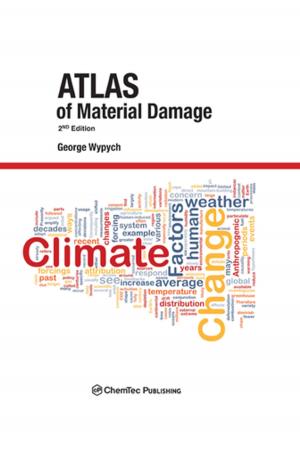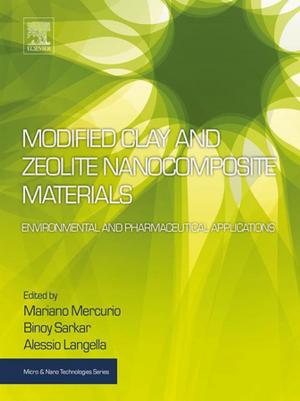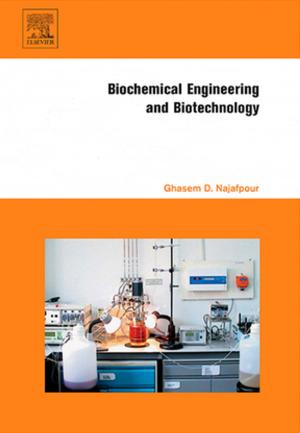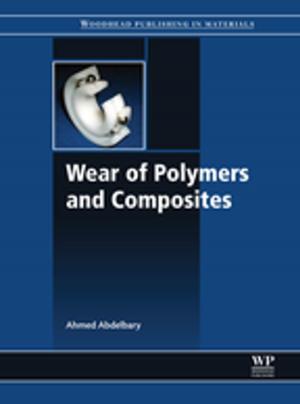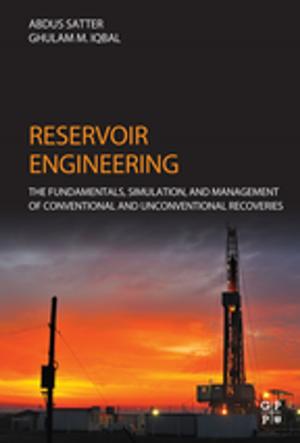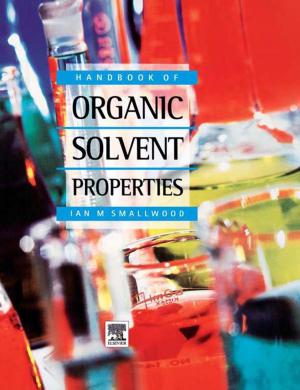Reservoir Exploration and Appraisal
Nonfiction, Science & Nature, Technology, Petroleum, Power Resources| Author: | Luiz Amado | ISBN: | 9781856178549 |
| Publisher: | Elsevier Science | Publication: | April 22, 2013 |
| Imprint: | Gulf Professional Publishing | Language: | English |
| Author: | Luiz Amado |
| ISBN: | 9781856178549 |
| Publisher: | Elsevier Science |
| Publication: | April 22, 2013 |
| Imprint: | Gulf Professional Publishing |
| Language: | English |
Finding a new oil and gas discovery and evaluating its volume is a difficult and challenging task, and yet there is very little published on the topic. Luiz Amado delivers a one-of-a-kind introductory guide titled Reservoir Exploration and Appraisal. Providing logistical instruction and processes for the entire exploration and appraisal process, Amado furnishes the guidance, workflow, and practical recommendations needed based on real-world scenarios. Written by an engineer with over 15 years of experience in the North Sea, Gulf of Mexico, South America and West Africa, Reservoir Exploration and Appraisal equips engineers and economists with expert advice on critical subjects such as detailed methods of estimating recovery factors, creating production curves using either simple or complex approaches, understanding main fluid and rock properties that govern volume and productivity, and communicating examples of field case evaluations, including deepwater projects.
- Details methods of estimating recovery factors and rules of thumb that can be used if there is an absence of data
- How to create production curves using either simple or complex approaches
- Understanding main fluid and rock properties that govern volume and productivity, saving time from analyzing countless fluid samples or rock data from cores
- Describes the process of lease sales, bid rounds and farm-in opportunities
- Communicates examples of field case evaluations, including deepwater projects, to illustrate the steps covered in the book, showing the reader the full project cycle
Finding a new oil and gas discovery and evaluating its volume is a difficult and challenging task, and yet there is very little published on the topic. Luiz Amado delivers a one-of-a-kind introductory guide titled Reservoir Exploration and Appraisal. Providing logistical instruction and processes for the entire exploration and appraisal process, Amado furnishes the guidance, workflow, and practical recommendations needed based on real-world scenarios. Written by an engineer with over 15 years of experience in the North Sea, Gulf of Mexico, South America and West Africa, Reservoir Exploration and Appraisal equips engineers and economists with expert advice on critical subjects such as detailed methods of estimating recovery factors, creating production curves using either simple or complex approaches, understanding main fluid and rock properties that govern volume and productivity, and communicating examples of field case evaluations, including deepwater projects.
- Details methods of estimating recovery factors and rules of thumb that can be used if there is an absence of data
- How to create production curves using either simple or complex approaches
- Understanding main fluid and rock properties that govern volume and productivity, saving time from analyzing countless fluid samples or rock data from cores
- Describes the process of lease sales, bid rounds and farm-in opportunities
- Communicates examples of field case evaluations, including deepwater projects, to illustrate the steps covered in the book, showing the reader the full project cycle







